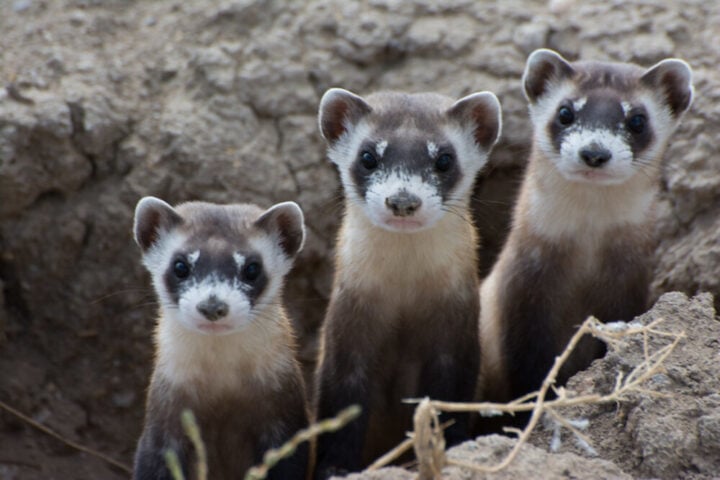Deserts in San Diego County have been unusually filled with blooming wildflowers due to unseasonal rains. The Anza-Borrego Desert State Park is the largest nature preserve in California. It has numerous protected plants and animals, including the endangered Peninsular bighorn sheep. Rainfall totals by March 3 have reached 6.53 inches which crossed the park’s average yearly rainfall of 5.32 inches. This weather incident will extend the bloom of the desert flowers. Majority of these flowers are only seen during late winter and early spring. But this time they have bloomed earlier, just during fall and winter. Currently visitors can spot multiple varieties such as sand verbena, evening primrose, desert sunflower, Bigelow’s monkeyflower, blazing star, bristly gilia, and chinchweed along with others.
However it is very important to be respectful towards the ecology of the desert. It is highly recommended to avoid picking the flowers, and staying on the trails while making yourself known to other hikers you encounter. Also, being careful is essential, stepping on wildflowers and vegetation can kill them and going off trails can cause soil erosion, which could cause a decrease in the number of flowers. Plucking flowers means denying a chance to plant seeds causing lesser blooming wildflowers next season.
The desert wildflowers have offered a sense of brightness and relief during dark times like the pandemic. The Anza-Borrego Desert is a fantastic destination and is home to some of California’s most famous super blooms. The blooms last depending on rainfall, and warmer, drier days could cause more blooms. Recent rains are helping desert cottontails, jackrabbits, coyotes, bighorn sheep, and vegetation. The last considerable summer monsoons were in 2013 and 2014, but the current bloom is better than average.
- 2026 Lexus ES Sedan Grows, Offers Electric Option With 0-62 MPH Below Six Seconds
- Queensland 3 JEV Cases Confirmed As Virus Detected In Central Region Pig
- NHS Helps Care Leavers: Over 2,700 Engaged, Hundreds Gaining Healthcare Opportunities
- Protected: Finding Images Based on Key Sentences: A Step-by-Step Guide
- Colorectal Cancer Rise in India: 1 in 4 Screened Show Pre-Cancer Signs

















